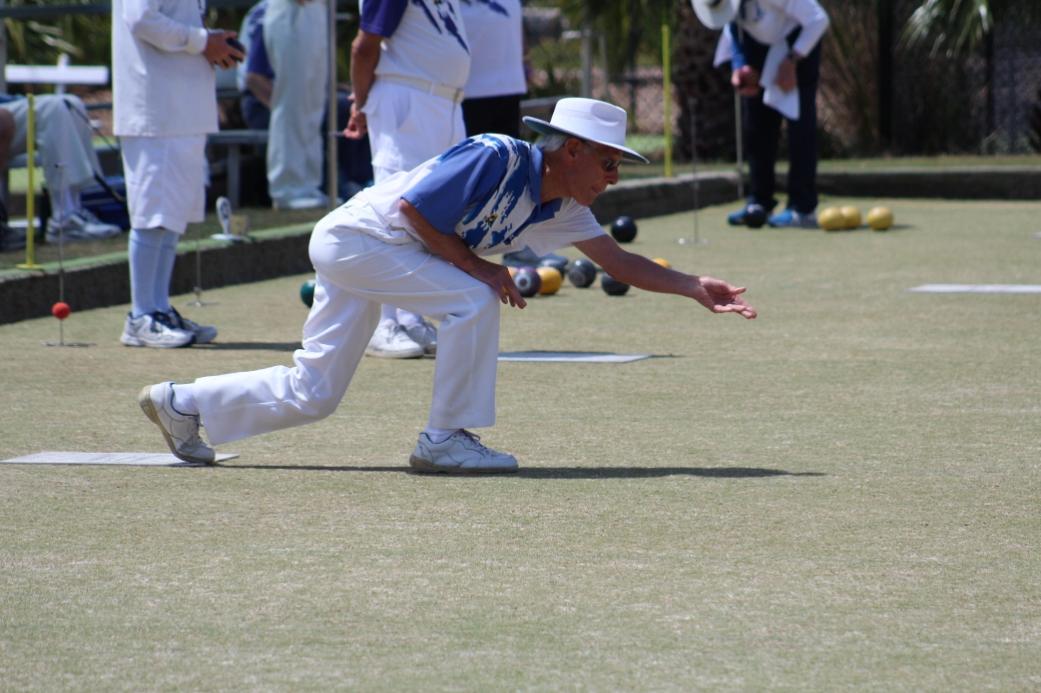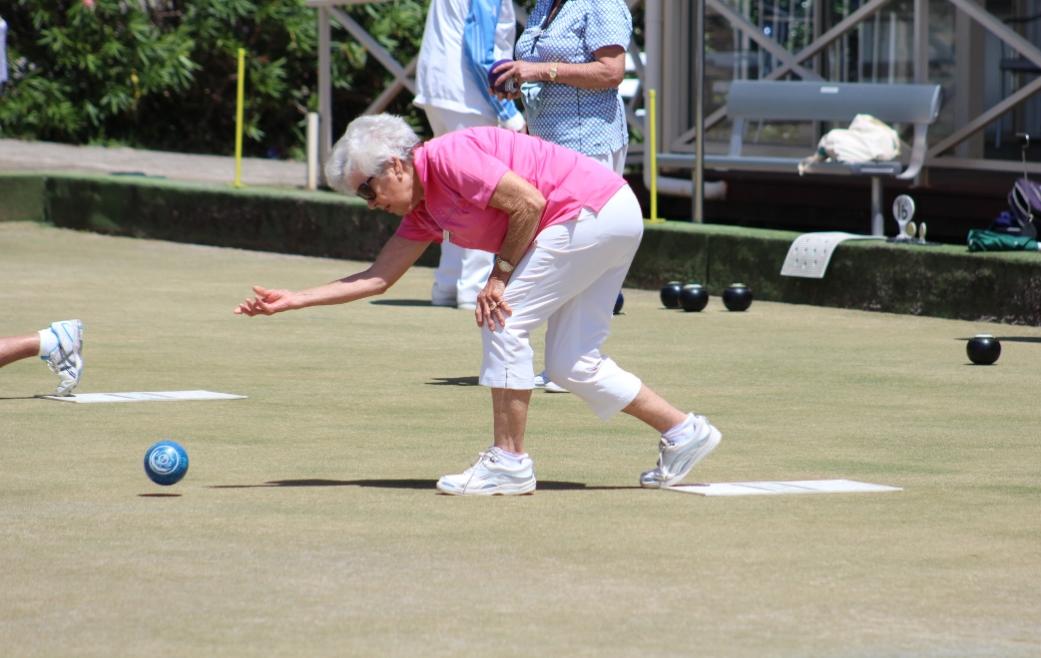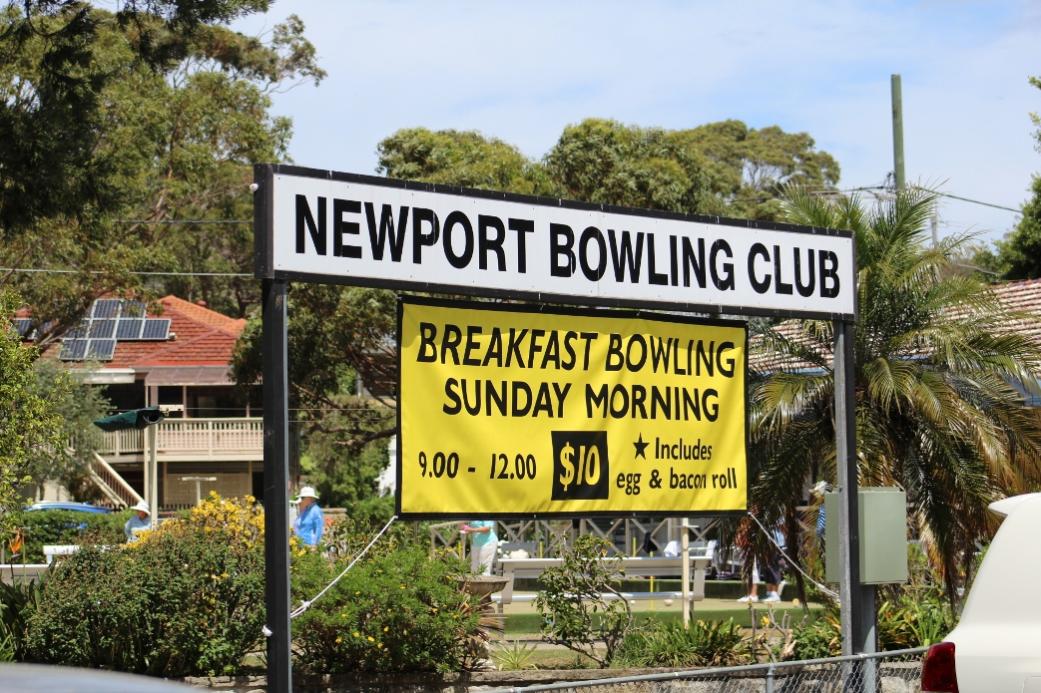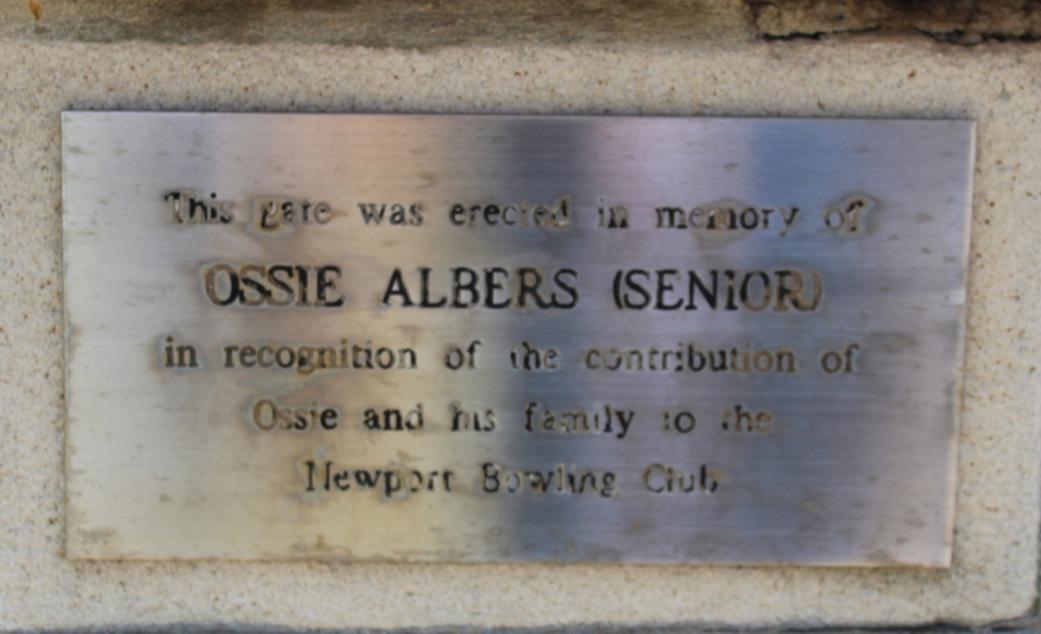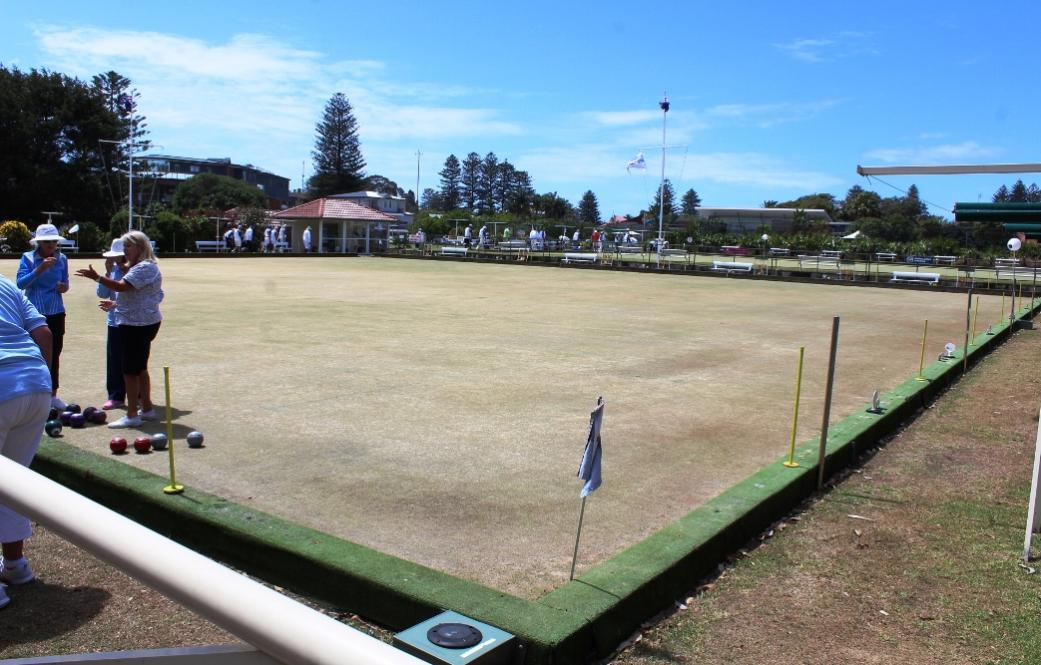October 22 - 28, 2017: Issue 334
Newport Bowling Club
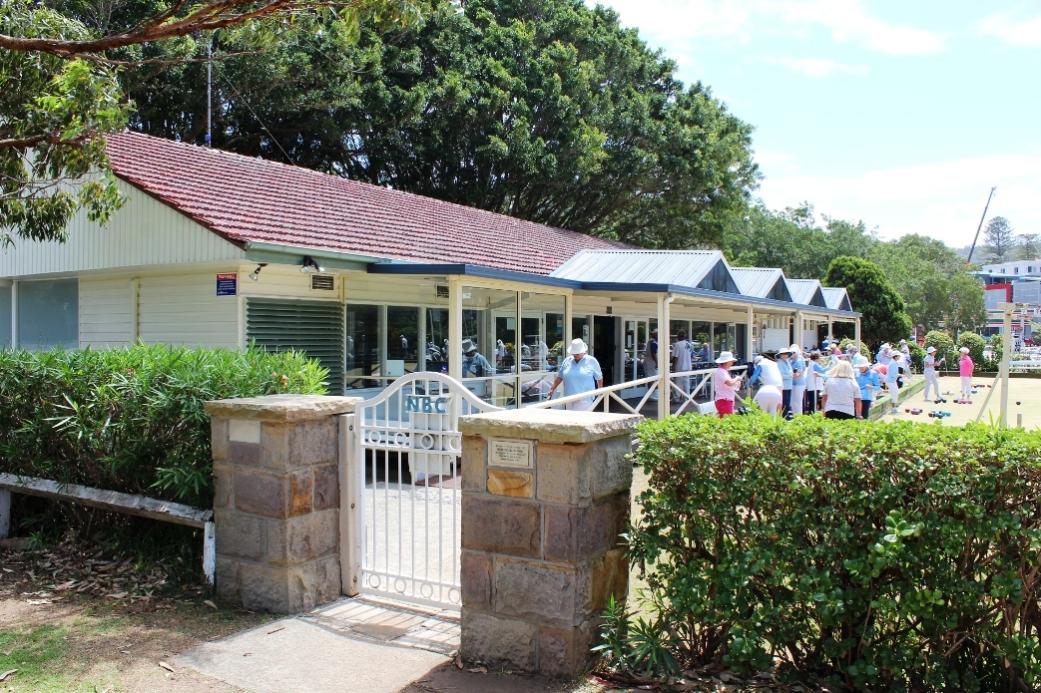
IN 2018 NEWPORT BOWLING CLUB WILL BE CELEBRATING 80 YEARS
Nestled behind the trees at the bottom of Newport hill is Newport Bowling Club.
A proud tradition started in April 1938 when 13 local men formed Newport and District Bowling Club, later changed to Newport Bowling and Recreation Club.
Negotiations with the shire council resulted in a portion of the then sports area being resumed for the club. The council accepted 2 ratepayer loans of 500 pounds each. One loan was spent on the construction of the greens; the second loan was used to build the original clubhouse, which was erected by Mr. Tom Lockart.
Many changes have occurred over the years, the most significant being in December 1990 at a special meeting, Foundation Members of the Newport Women's Bowling Club were accepted and their constitution adopted. This has now become the very successful Newport Beach Women's Bowling Club as part of the Newport Bowling Club.
Continued alterations and improvements to the clubhouse have resulted in a venue used by many locals and capable of holding social and corporate functions. The club also maintains three immaculate turf greens.
Two objects that create interest within the club are, "The Gnome Bowler" entrenched in its present position inside the clubhouse and "The Ships Bell" used to summon club members to afternoon tea.
'The Gnome Bowler" was originally known as "Old Joe", the pygmy bowler and guarded the main entrance to the club. He was cast by Mr. J Inness manager of Australian Plastics industries, Melbourne and presented to the club in 1945. "Old Joe" was stolen by vandals in 1990 and subsequently replaced due to fund raising efforts by a local newspaper and the Handicapped Children's Association.
The "Ships Bell" was from a British destroyer damaged in battle, which was brought to a local yard for repairs. The Bell was left in the yard and was presented to the club by a member.
What are the divisions and times - men's and women's and mixed ?
Normal playing days are Wednesday afternoon and Saturday afternoon commencing at 12:30pm.
A convenient feature of Newport Bowling Club's schedule is that men and women play at the same times and on the same days.
Benefits include:
1. coordinated playing times for couples
2. the ability to easily schedule mixed playing days
The Newport Bowling Club has recently introduced Barefoot Bowling?
Our objective with this program is to attract new people to the club for social bowling. It is designed to appeal to families, friends, community groups etc. that may like to try some informal lawn bowling whilst having an egg and bacon roll, orange juice and coffee for breakfast.
Playing on Sunday morning leaves the rest of Sunday free for other activities that people may have.
Barefoot Bowls can be played on any Friday afternoon from 4.00 p.m. You don't need to book if there are only one or two people, but Groups do need to book by ringing Robin Root on 9999 1561 or 0402 126 109 where you can leave a message.
As the name implies, you can bowl barefoot and the dress is casual, however, men are asked to wear shirts with sleeves [no singlets or tank-tops].
- It's social
- It's fun
- You don't need to have bowled before
- You can have a drink while you do it
- We will show you how to do it
- We supply the bowls
It only costs $10 and after the fun it's hard to beat a relaxing cool drink on the veranda, overlooking the greens and the gardens.
A good source of information is Newport Bowling Club's internet site:
What is the difference between Barefoot Bowling and regular Bowling ?
Barefoot Bowling is informal and relatively unstructured with the participants able to determine how long they wish to play for, who will play against whom etc.
Regular bowling is more structured and must comply with normal bowling regulations. As people become more skilled at bowling they naturally desire to test their skill against other bowlers and as with any sport, test the limits of their capability.
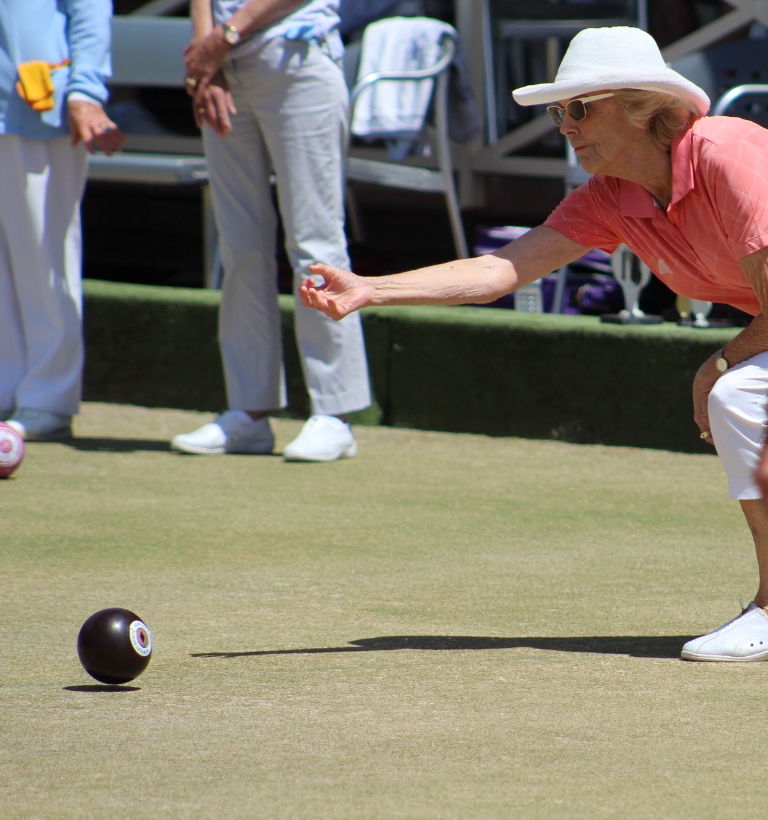
Are there social activities connected with Newport Bowling Club ?
Newport Bowling Club has a variety of other social events, including Trivia Nights, Musical Nights, Mixed Bowling on some public holidays, Melbourne Cup Luncheon etc.
How do people join the Club for social or to play, where is there more information, are there 'come and try' or open days ?
We do not have open days as such, however the best way to 'come and try' is to become involved in Barefoot Bowling at Newport Bowling Club.
Personal coaching for people that would like to join the club can be arranged by contacting Robin Root on 9999 1661 or 0402 126 109.
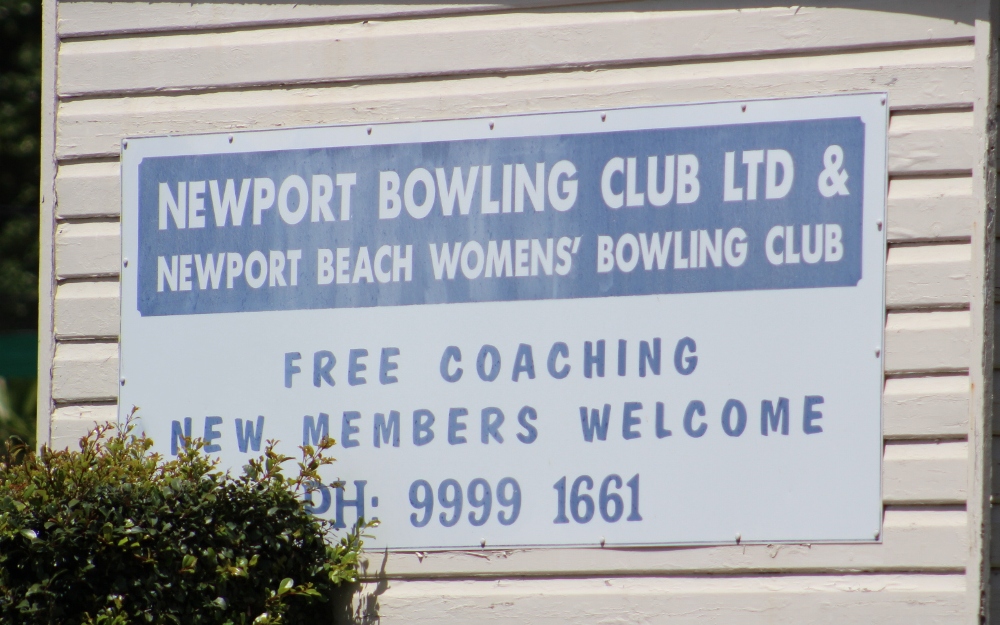
How much is the joining fee ?
Social Membership costs $20 for five years. For full playing members the annual fee is $255 (including a S10 locker fee).
What is the best part of being involved in Bowling and at Newport Bowling Club?
Bowling is a very enjoyable and challenging sport. It is social, however tests a person's skill in precise mental and physical control to achieve the desired result with the bowl.
Newport Bowling Club is a very positive, social and enjoyable club with men and women participating with a broad range of bowling skills.
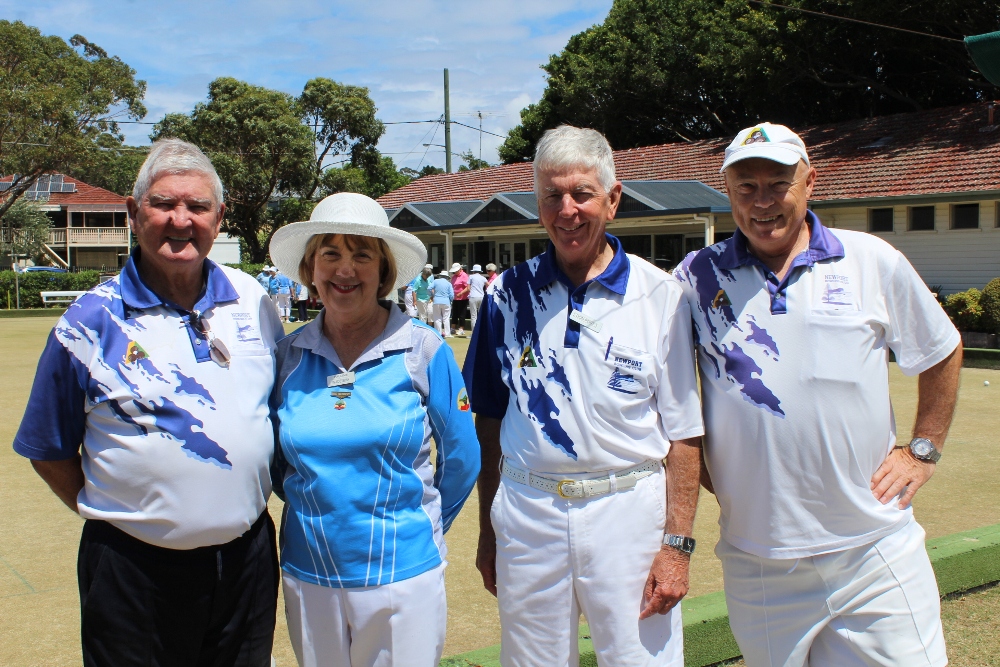
Ron Coleman, Pauline Wadeisha, Vice President Newport Bowling Club, Don Post, President Newport Bowling Club, Geoff Tye
About NBC Ltd
Newport Bowling Club incorporates the Newport Bowling Club for men and the Newport Beach Women's Bowling Club. The Club is situated at the bottom of the Newport Hill, just a few minutes’ walk from Newport Beach.
Facilities
At Newport Bowling Club, we have an attractive, comfortable club house, with a deck overlooking our three greens where members and visitors can sit and watch the bowls or enjoy a drink of an afternoon or evening. We are at the centre of Spurway Park in Pittwater and have playing grounds to one side of us. On the other is an area where Pittwater Council has developed tennis courts and a community centre with lovely gardens and sculptures.
We are open between 11 am and 7 pm on bowling days (Mondays, Wednesdays, Fridays and Saturdays - although the bar stays open until 8 pm on Fridays).
Joining the Club
Bowling and Social Membership for men and women is available at the club and for information on joining the club, go to the Membership page.
Barefoot Bowls
For those new to bowls, we have barefoot bowls on Friday afternoons from 4:00 PM for $10 including bowls hire and Sunday mornings 9.00 to 12.00.$10 includes an egg and bacon roll.. Go to the Barefoot Bowls page for more information. Beginners welcome, bowls are supplied. Club is also available for barefoot and corporate bowls. Palm Road, Newport. For further information, call 9999 1661 or 0402 126 109
The Newport Bowling Club is situated on the beautiful Barrenjoey Peninsula, the most northerly point of the Northern Beaches area of Sydney, Australia. The Club is located on the corner of Barrenjoey and Palm Roads, Newport. Visitors are very welcome, whether local, from within the state, interstate or overseas. Find out more by visiting: www.newportbowlingclub.com.au
Corporate Bowls
Have fun, play Lawn Bowls for your next Corporate Function!
Lawn Bowling is a game for all ages and abilities, suitable for businesses, clubs or even private groups. For more information about how we can help you, go to the Corporate Bowls page.
Venue Hire
Our clubhouse is available for hire at competitive rates to host meetings or conferences for sporting or community clubs and business organisations. We can accommodate groups of up to 80 people, and would be happy to discuss your bar and catering requirements with you to ensure the event is customised to meet your expectations. For enquiries, please contact Robin Root on 9999 1661 or 0402 126 109.
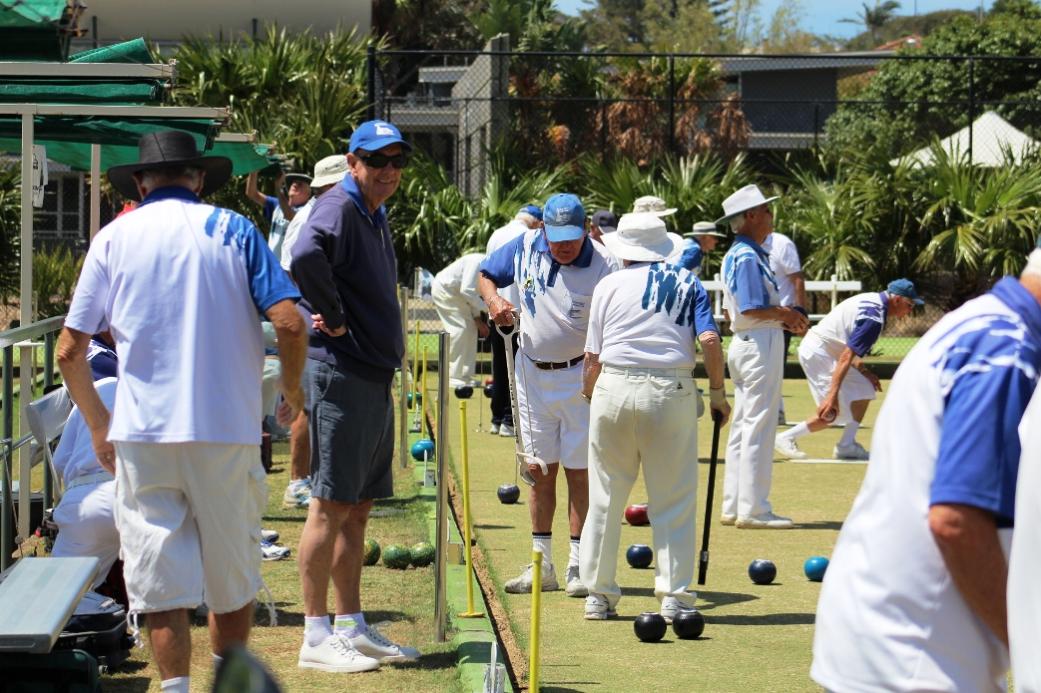
History Of Bowling In Scotland And Internationally
Bowls and the Scots
As with golf, the game of Bowls owes its existence to the Scots. The rules are broadly similar all around the World'.
Following on a meeting in Glasgow in 1848, attended by about two hundred players from various clubs all with different Laws for playing the game, based on W.W. Mitchell of Glasgow, drew up a "uniform code of laws", and these are the basis of all subsequent Laws.
In 1892, the Scottish Bowling Association was formed and in 1893, it drew up rules or Laws based on Mitchell's Code and also published a Code of Ethics. The Scottish Bowling Association is now Bowls Scotland. In 1903, the English Bowling Association was formed, the first president being Dr. W. G. Grace, who is much more acclaimed and remembered for his fame as a cricketer.
Lawn Bowling Green Govan Scotland, courtesy Tour Scotland website
The International Bowling Board was formed in 1900s, the foundation members being Scotland, England Ireland and Wales. New Zealand was first admitted in 1928, as also were Australia, Canada, South Africa, and the United States of America. The IBB is now known as World Bowls,
Note: The above information is reproduced from the website of Bowls Canada who provide a full history of the sport of lawn bowling (visit their site)
The following article comes from the website of the San-Francisco Recreation and Park Department. Once again it recognises the Scottish Connection.
The History of Lawn Bowling
Bowls historians believe that the game developed from the Egyptians. One of their Pastimes was to play skittles with round stones. This has been determined based on artifacts found in tombs dating circa 5000 B.C.. The sport spread across the world and took a variety offorms, Bocce (Italian), Bolla (Saxon), Bolle (Danish), Boules (French) and Ut Miaka (Polynesian). The sport of lawn bowls is the forerunner of curling, a tremendously popular winter version played in northern countries (including Canada) on ice.
The oldest lawn bowls site still played on is in Southampton, England. Records show that the green has been in operation since 1299 A.D. There are other claims of greens being in use before that time, but these are unsubstantiated by proper or sufficient documentation. During the reign of Richard II bowls were referred to as ‘gettre de pere,' or "jetter de pierre," and describes throwing a stone, probably as round as possible. In the early tlth century bowls were made of hardwoods and, after the 16th century discovery of Santo Domingo, of lignum vitae, a very dense wood.
It is believed that the ,,bias,, was introduced inadvertently in 1522 by the Duke of Suffolk. Apparently his bowl split in two after striking other bowls and he
took a knob off of a stairway banister post for a replacement. The flat side of the knob caused it to roll with a bias and he experimented by curving his bowl around others. The word spread and biased bowls gradually came into use.
Certainly the most famous story in lawn bowls is about sir Francis Drake and the Spanish Armada. on July 19, 1588, Drake was involved in a game at
Plymouth when he was notified that the Spanish Armada had been sighted. The tale says his response was, "There is plenty of time to win the game and thrash the Spaniards too. He then proceeded to finish his match and the British Navy soundly defeated the Armada. There is a lot of controversy as to whether this event actually took place.
Henry VIII was also a lawn bowler. However, he banned the game for those who were not wealthy or "well to do" because "Bowyes, Fletchers, stringers and Arrowhead makers, were spending more time at recreational events such as bowls instead of practicing their trade. Henry requested that anybody who wished to keep a green pay a fee of 100 pounds, however, the green could only be used for private play and he forbade anyone to "play at any bowle or bowles in open space out of his own garden or orchard." King James I issued a publication called "The Book of Sports" and, although he condemned football (soccer) and goll encouraged the play of bowls.
English and Scottish colonists brought the game to America. There was a bowling green in Williamsburg, Virginia in 1632 and many states have towns named Bowling Green, due to the early settlers abiding interest in the sport. Even George Washington laid out a green at Mount Vernon in 1732'
Interest lapsed for years until the wave of Scottish immigration to the us revived it in the latter part of the 19th century. The American Lawn Bowls Association (now Bowls USA) was established in 1915, more than a decade after the founding of the SFLBC.
